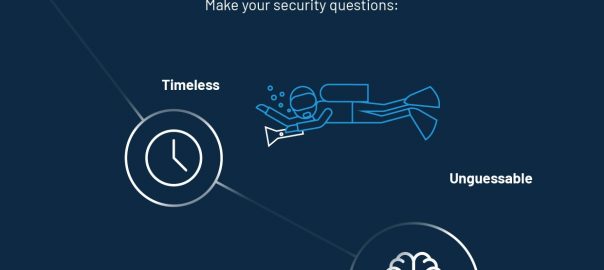Lack of awareness in protecting customer’s sensitive data can lead to severe repercussions. Therefore, enterprises should be able to predict potential cybersecurity risks and invest more in building strategies against hackers.
But then, those strategies don’t have to be complicated. In fact, simplifying your approach towards cybersecurity (or cybercriminals at large) can go a long way.
Not sure if you are maintaining the right cyber hygiene for your business and your customers? Here are a few tips by industry leaders that could help.
Best Practices to Secure Enterprise’s Data
Put more money in cybersecurity
One of the primary metrics to measure the severity of a cyber attack is the “cost to the enterprise.” Because customer’s sensitive data are at stake, enterprises will need a lot of money to recover entirely from an attack.
Some of the areas that will require attention include technical investigations, regulatory compliance, attorney fees, and litigation, post-breach customer protection, public relations, and cybersecurity improvements.
Sadly, these are only visible expenses, and there are a lot of other costs that are hidden. Some of those include costs arising from:
- Loss of customer trust
- Loss of contract revenue
- Disruption of enterprise process
- Devaluation of trade name
- Loss of intellectual property
- Increase in debt
- Increase in insurance premium
Luckily today, enterprises understand the severity of cyberattacks and, are investing more in cybersecurity than they were in the past. In fact, Markets And Markets predicts, “the cybersecurity market will grow to $ 248.5bn in 2023,” which is almost 50% more than the amount invested last year.
Strengthen your authentication capabilities
IT leaders love implementing authentication methods into their system. After all, those additional layers of protection (beyond the obvious username and password credentials) help secure customer data.
Multi-factor Authentication (MFA) is one of the most favorable measures in this regard. Using MFA, IT administrators can figure out if the user is authentic or has logged in from a shady location. The user will then require a one-time passcode, answer a security question or click on a link to authenticate.
For more cybersecurity risks and best practices, check out the infographic shared by Loginradius — a leading customer identity and access management (CIAM) solution provider.
![Cybersecurity Best Practices Every Enterprise Should Follow in 2020 [Infographic] Cybersecurity Best Practices Every Enterprise Should Follow in 2020 [Infographic]](https://www.onlinesalesguidetip.com/wp-content/uploads/2020/02/Cybersecurity-Best-Practices-Every-Enterprise-Should-Follow-in-2020-Infographic-scaled.jpg)
Image Source: LoginRadius
Digital & Social Articles on Business 2 Community
(48)








